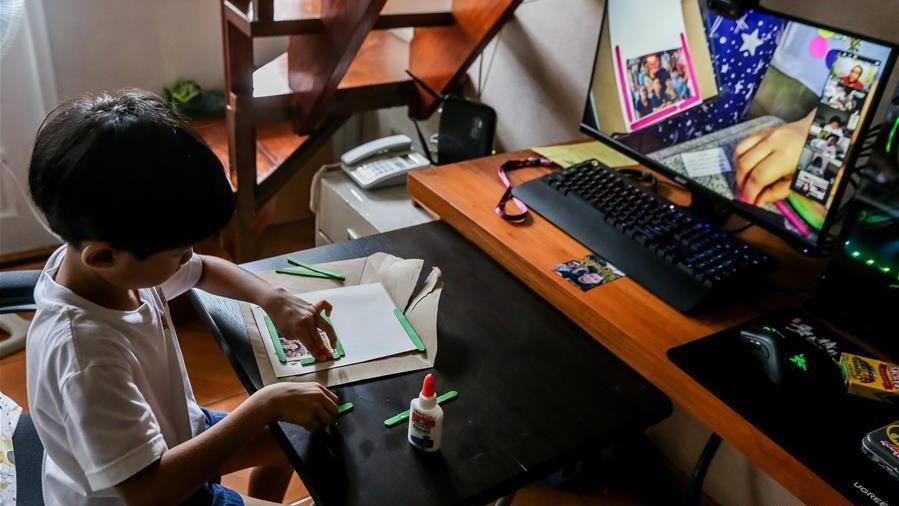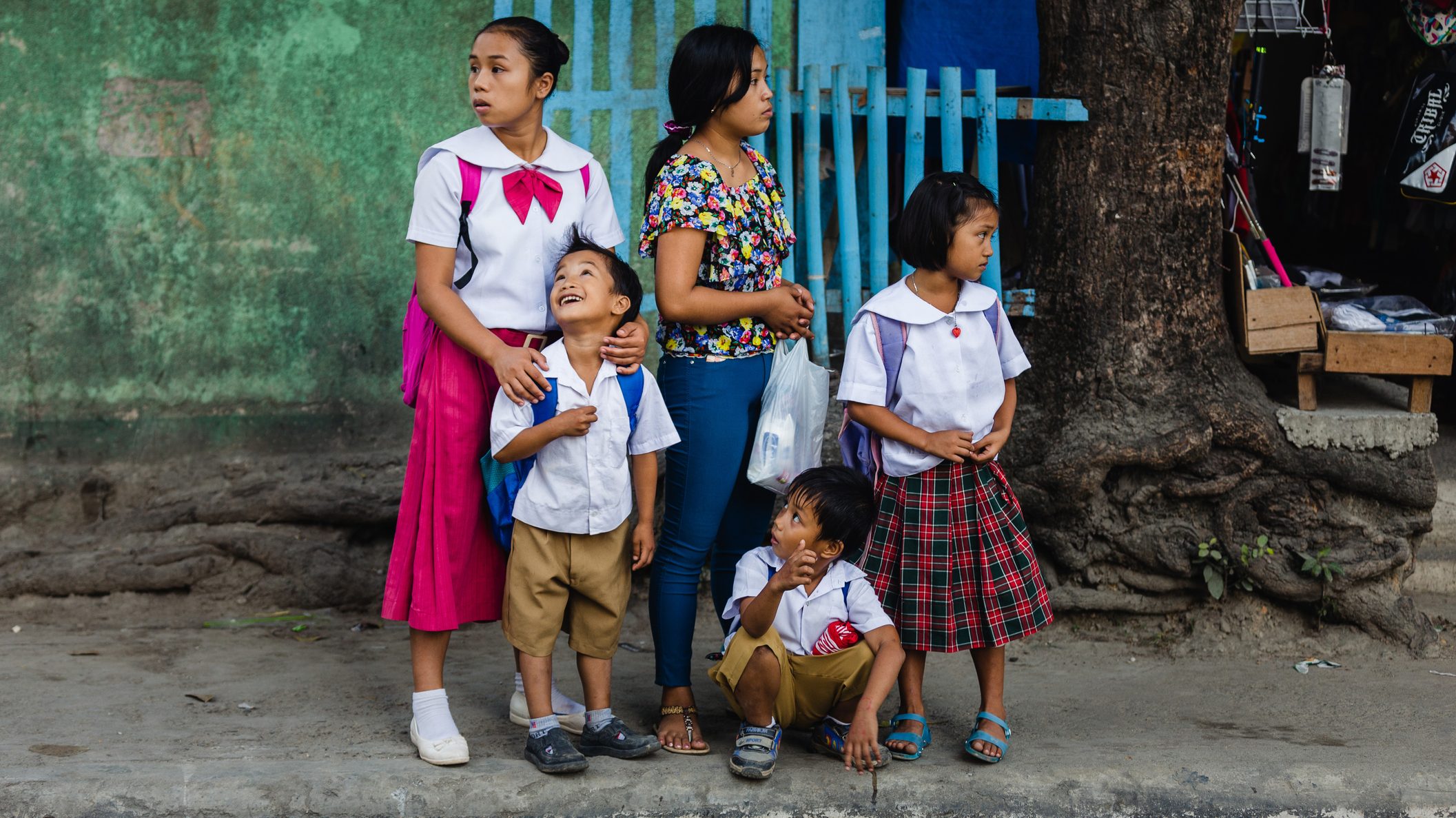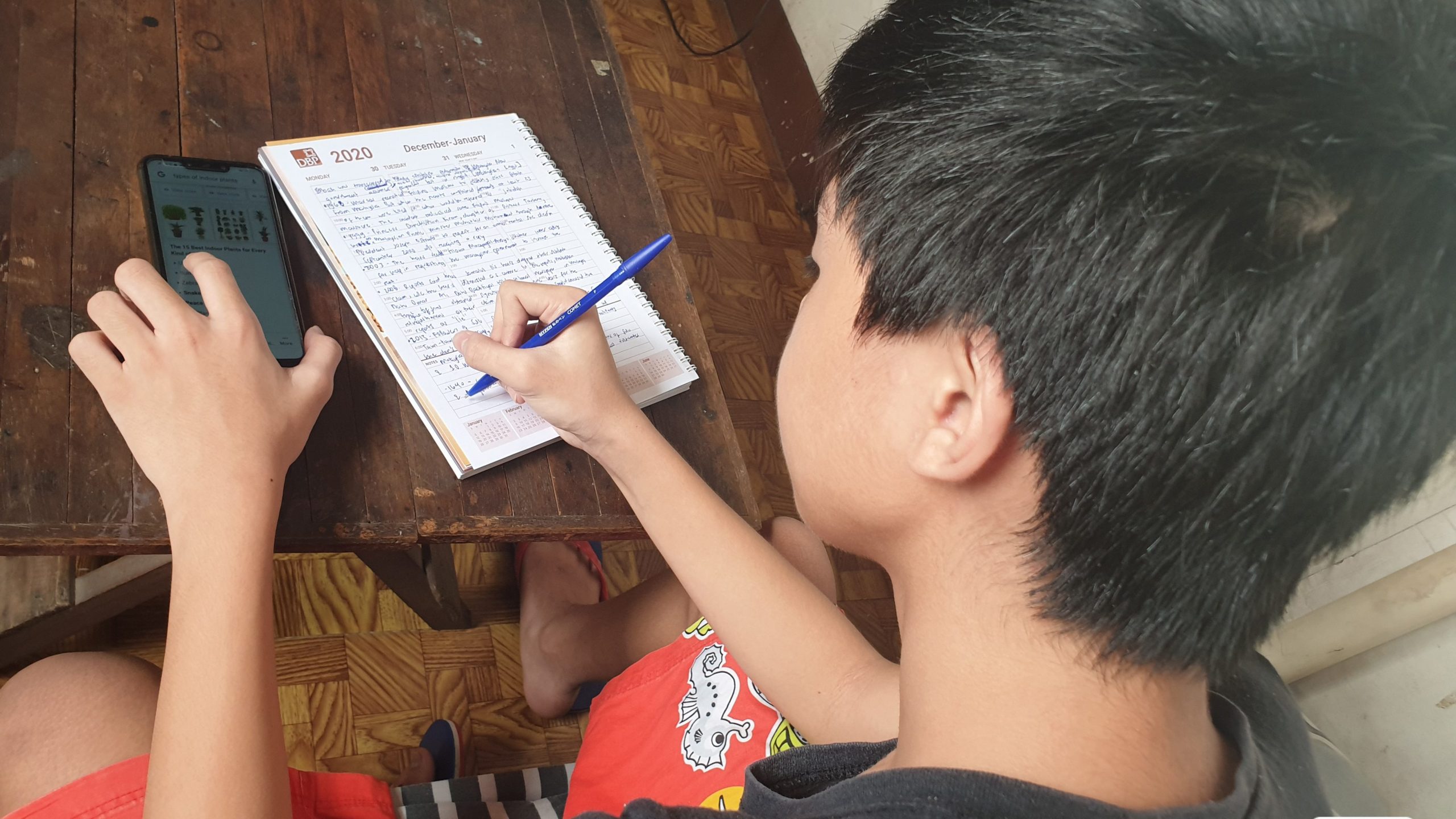The COVID-19 pandemic destroyed lives in all ways possible. The collapse of economies and end to human lives were rampant. The education sector is not safe from this disaster either; suddenly, most classes shifted to remote or online learning.
The transition from the traditional setup to an unfamiliar mode changed education almost entirely. It has been a part of the “new normal” – aside from wearing masks and face shields daily.
DepEd’s “solution”

In the Philippines, the Department of Education (DepEd) implemented modalities for the situation, including blended learning, distance learning, and homeschooling. All these aim to minimize the risk of contracting the virus.
Distance learning refers to the following methods remotely done, like online distance, modular distance, and television/radio-based classes. Online distance classes happen online, follow a schedule of meetings, and study with recorded lectures and soft copies of modules. Modular distance learning is composed of modules delivered straight to the student’s home. Television/radio-based education uses the TV or radio to watch or listen to pre-recorded lectures.
The second one, blended learning, is the combination of all the methods of distance learning mentioned above. Lastly, homeschooling is done with a presence of a tutor on a lecture. Sometimes, the parent does the teaching if he/she is qualified enough.
These are what the ‘new normal’ changed into the realm of education. It sounds promising with the fusion of many digital ways of learning. It is indeed fun to learn with gadgets and tools for online classes. In fact, digital ways like PowerPoint presentations and platforms like Canvas are part of remote education even before.
But everyone had to take remote learning in the COVID-19 pandemic, which is indeed difficult. Issues arose with the sudden shift, unprepared approaches, lack of access to the essentials, impact on the affected, and how effective these modes are.
What’s the real deal of remote learning in COVID-19 for Filipino students?

In numbers, around 2 million students dropped out of school because of remote classes which required costly equipment. Wi-Fi, data connection, and gadgets (laptops, phones, tablets) are just some of these. Underprivileged students across social media used widespread donations for funds. The most common catchphrase was the “Piso Para sa Laptop“(which translates to One Peso for a Laptop).

Students who experienced first-hand remote learning in COVID-19 complained about its lack of effectiveness. College enrollees with technical and laboratory-based courses, like Medicine and Engineering, are mostly affected. Online and remote learning simply cannot offer those. It only works on those with only readings and texts, compared to hands-on ones.
Complaints about inconsiderate professors also uproared. Some reportedly give tons of homework because they think students are just in their houses, doing nothing. It is stressful for most students who have no stable connections or limited resources. Furthermore, this also restricts learning because of tighter deadlines. Online protests calling for academic freeze, ease, or break boomed on social media for the following reasons.
Educators’ concerns

Teachers and institutions also bear the struggle of the shift. According to CNN Philippines (2020), 748 private schools stopped their operations in 2020, leaving more than 3,000 teachers jobless. Students enrolled in these schools totaling 40,000 are also affected. On the other hand, elderly teachers find it hard to operate remote learning tools because of less exposure to gadgets. It is also hard to teach with unstable connections and talking to a computer for hours, in contrast to where they are used.
To see more of the current state of Philippine education, watch the video below:
Conclusion
The COVID-19 pandemic reshaped how the world works, in bad and good ways. The education sector is one of the most struck and still crippling in this crisis. Educators, parents, and students found themselves adjusting to unfamiliar learning modes with limited access to resources. The effects manifest and might put students’ learning on hold if the system is not fixed immediately. While the remote learning modes are promising, most Filipinos struggle with the quick shift and lack of knowledge and accessibility.
Such tools as Remote Classroom will help parents and educators to handle remote learning. The Remote Classroom App lets you track the students’ school works and lets you monitor your child’s activity on and off virtual classes. It also takes screenshots on their monitors for you to have a closer look at their progress on his/her online learning.
#remoteclassroomph
#remoteclassroom
#remotelearning
#remoteeducation
#remoteschools
#onlineteachers
#onlinetutoring
#virtualteaching
#lifeschooling
#intentionalschooling
#virtualclass
#onlinelearning
#homeschooling
#virtuallearning
#onlineschools

